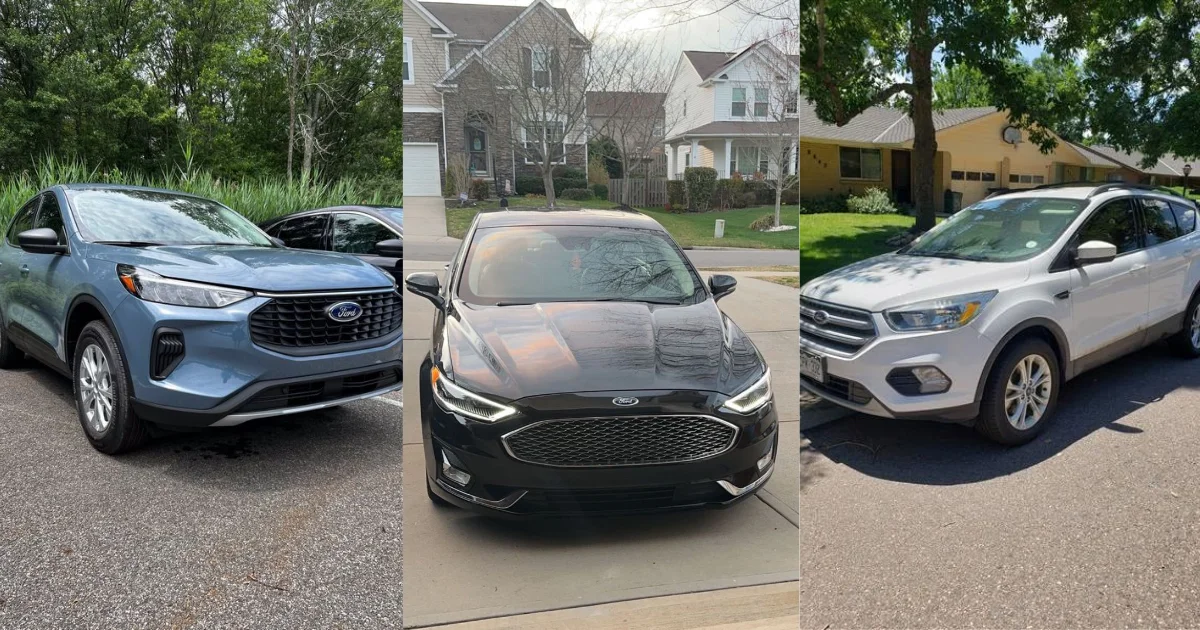Channel your inner Vogue and Confidence!

The Ford Escape is one of the most popular compact SUVs in the United States, prized for its blend of utility, performance and affordability. Whether you’re commuting to work or heading out on a weekend adventure, the Escape delivers solid performance and comfort. A critical component of this performance is the vehicle’s battery which powers everything from the ignition system to the onboard electronics. If you own a Ford Escape or are considering buying one, understanding the battery specifications and knowing when and how to replace it is very important. Whether you’re exploring hybrid or gasoline versions, this guide breaks down everything you need to know about Ford Escape battery specs and replacements. And if you’re still on the hunt for a vehicle, many options for a ford escape for sale are available with varying battery types and features.
The type of battery your Ford Escape uses depends on the year and model variant. Broadly speaking, there are three main types of batteries used across different Ford Escape models:
Battery specifications vary significantly across different Ford Escape model years. Here’s a breakdown of typical battery specs:
2008–2012 Ford Escape (Gasoline):
Battery Group Size: 96R
Cold Cranking Amps (CCA): 590–650
Voltage: 12V
Battery Type: Lead-acid
2013–2019 Ford Escape (Gasoline & EcoBoost):
2020–Present Ford Escape (Gasoline):
2020–Present Ford Escape Hybrid & PHEV:
Knowing when to replace your Ford Escape’s battery can save you from sudden breakdowns. Here are the most common signs:
Corroded Terminals: Corrosion around battery terminals can impact performance and is often a sign of a battery nearing the end of its life.
Monitoring your battery health regularly can extend its lifespan and prevent failures. Here’s how:
Replacing a Ford Escape battery is a relatively straightforward process, especially for gasoline models. However, for hybrid and plug-in variants, special care is needed due to high-voltage components. Here’s a general guide for standard models:
For hybrid and PHEV models, it’s strongly recommended to have the battery replaced by a certified technician due to the complexity and safety risks of handling high-voltage systems.
Choosing the right replacement battery is essential for longevity and performance. Here are some reliable brands and cost ranges:
Hybrid battery replacements are significantly more expensive. The high-voltage lithium-ion battery for a Ford Escape Hybrid or PHEV can range from $3,500 to $6,000, depending on the model year and labor costs.
Proper maintenance can maximize your Ford Escape’s battery life:
Proper disposal of old vehicle batteries is critical for environmental safety. Most auto parts stores, service centers, and recycling facilities will accept old batteries for free and often offer a core charge rebate when you purchase a new one.
For hybrid and PHEV batteries, Ford has established recycling partnerships to handle the high-voltage lithium-ion batteries safely. Never attempt to dispose of a hybrid battery on your own.
Understanding the battery specifications and replacement procedures for your Ford Escape is essential for maintaining optimal performance and avoiding inconvenient breakdowns. From standard lead-acid units in older gasoline models to advanced lithium-ion systems in the latest hybrids, each battery type has unique needs and costs. Regular maintenance, proper replacement practices, and timely upgrades will keep your Ford Escape running smoothly for years to come. And if you’re currently exploring options, finding a ford escape for sale that matches your lifestyle and battery preferences is easier than ever with today’s wide selection of models.